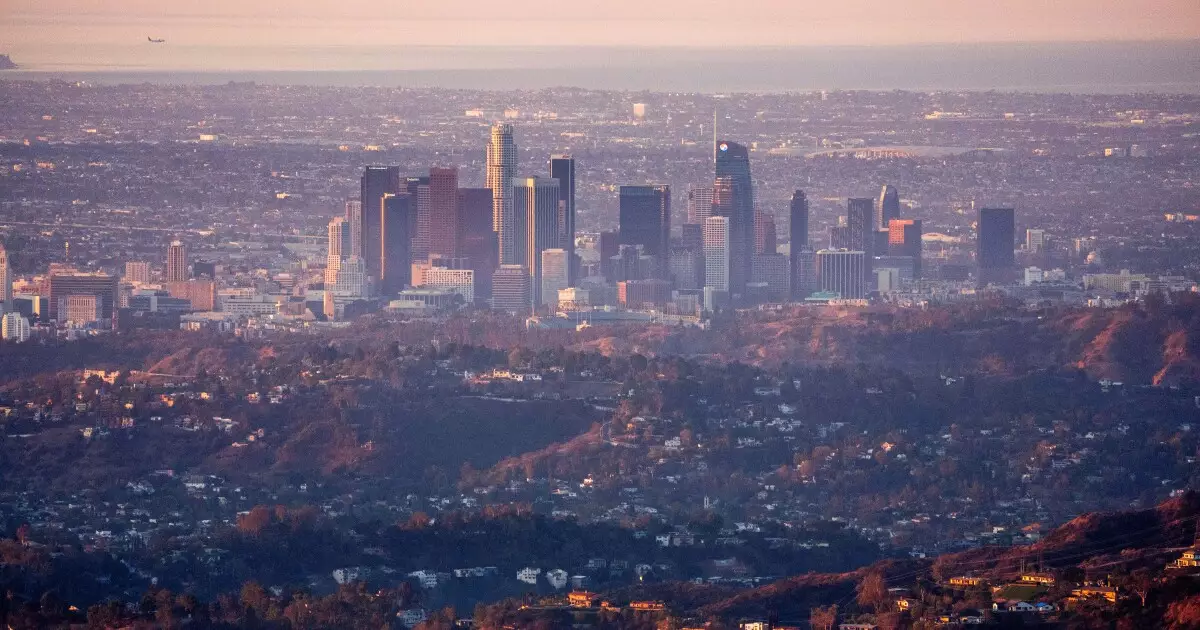In recent years, the economic ripple effects of climate change have begun to surface in unexpected ways. One startling revelation is how wildfire risks are now subtly but steadily influencing the cost of borrowing for critical community infrastructure, specifically school districts in fire-prone areas. While many might dismiss these as distant or abstract concerns, the data shows that climate fears are fundamentally reshaping financial markets, even if that process remains largely unrecognized by mainstream discourse. The tide of wildfire risk forecasted to increase in frequency and severity is not just a matter of environmental urgency; it’s a direct financial threat that risks inflating the cost of vital public projects. Communities that are least prepared or most vulnerable are being hit the hardest, and the market is already reflecting this reality.
This phenomenon reveals a stark truth: climate change isn’t just an environmental issue; it is a formidable economic force. The study from ETH Zurich presented at the Brookings Institute’s conference makes a compelling case—every one standard deviation increase in projected wildfire risk translates into a significant increase in bond spreads by 14 basis points on primary market bonds and even more on secondary market trades, with spreads widening by 26 basis points. Such shifts may seem minor at first glance but represent a profound revaluation of risk by financial markets, acknowledging an increasingly volatile future. These figures underscore the need for communities to confront not just environmental threats but the financial consequences of unpreparedness.
The research focused on over 150,000 municipal bonds issued in the United States’ most vulnerable fire zones over a two-decade span—a period marked not only by climate change acceleration but also by an evolving understanding of the long-term economic hazards at play. The fact that bond spreads are more affected in communities with larger minority populations and heavier reliance on local revenue sources is particularly alarming, shedding light on social and economic inequities that could widen as wildfire risks escalate. The mounting costs of natural disasters are becoming embedded in the very fabric of municipal finances, pushing vulnerable locales toward a potential fiscal crisis.
Why Are Bonds So Sensitive to Wildfire Perils?
Municipal bonds, traditionally regarded as safe investments, are now subject to the burdens of climate risk surveillance. Unlike corporations or private sector entities, school districts are rooted to their geographic locations—renting, if you will, a land-use gamble that is more akin to “sunk cost” than operational flexibility. When a community is deemed more vulnerable to wildfires tomorrow than it was yesterday, the expected future costs become an unavoidable part of the market’s calculus. The debt issued to fund schools, infrastructure, or other public services becomes less attractive, requiring higher yields—and thus increasing borrowing costs.
This phenomenon is not only a reflection of market pessimism but also a warning sign of deeper systemic vulnerabilities. Governments and investors who ignore climate risks do so at their peril. As wildfire seasons worsen, the inflating bond spreads threaten to cripple local governments’ ability to fund essential services, particularly in areas already struggling with economic and social challenges. The fact that the research shows a significant impact even in the primary issuance market indicates that investors are already factoring in these risks before bonds are even traded on the secondary market.
Moreover, the recognition of wildfire risks in bond pricing reveals a broader truth: climate change is no longer a distant threat but an immediate financial reality. The market’s risk premiums are adjusting, albeit slowly, to accommodate the foreseen and foreseeable increase in wildfire disasters. This trend makes clear that communities on the frontlines of climate change are paying a financial “climate tax,” in effect. They are bearing the costs not just of losing assets to fire but of higher borrowing costs that come with perceived future liabilities.
Implications for Policy and Society
The implications extend beyond mere bond spreads. As the market begins to price in climate risks more aggressively, vulnerable communities—many of which are already marginalized—could find themselves increasingly boxed into a cycle of financial hardship. They will face not only the destructive consequences of wildfires but also the burden of higher interest rates that make public projects more expensive. That, in turn, could lead to deferred maintenance, underfunded schools, and deteriorating infrastructure—inevitable signs of a society that is paying a heavy price for its relative inaction on climate adaptation.
The idea of “climate adaptation bonds” or “resilience bonds” emerges as a vital solution, yet remains underdeveloped. Properly structured, these financial instruments could help communities shoulder the costs of wildfire preparedness, mitigate the economic impacts, and break the cycle of escalating borrowing costs. But for this to happen, policymakers and investors must acknowledge the depth of the problem and act decisively. Ignoring wildfire risks in municipal finance is an act of collective negligence that overnight could turn manageable hazards into national crises.
Furthermore, the connection between wildfire risk and socio-economic disparities cannot be ignored. Communities with limited resources and high minority populations are disproportionately exposed to the economic fallout of climate change, compounding existing inequalities. This reality underscores the moral imperative for a center-right approach—balancing the need for fiscal responsibility with pragmatic investment in resilience—rather than falling into alarmist extremes.
The market signals are unequivocal: wildfire risks are not just environmental hazards—they are economic realities that demand urgent attention. Communities, especially those most vulnerable, are already paying the price in increased borrowing costs, and this trend will only intensify if decisive action is delayed. Recognizing and integrating these risks into policy and financial decision-making is the first essential step toward safeguarding both our communities and our economy against the impending wildfire crisis.


Leave a Reply